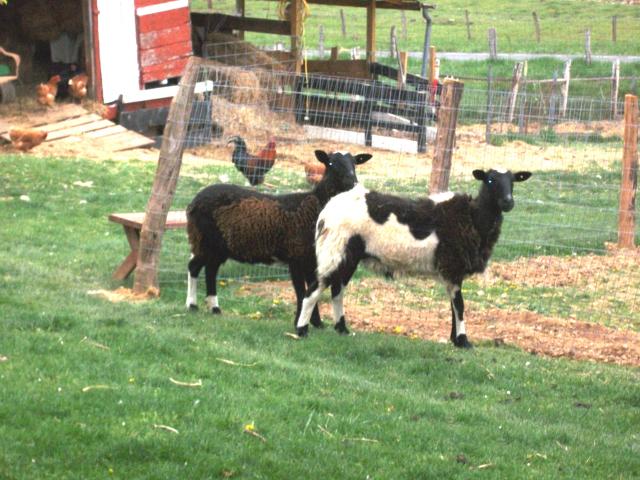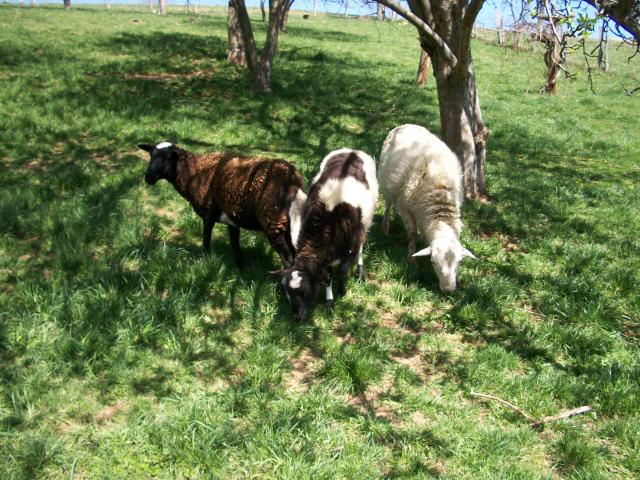BriteChicken
Exploring the pasture
- Joined
- Jun 11, 2010
- Messages
- 29
- Reaction score
- 1
- Points
- 22
Cascade Farmstead sheep?
I've been reading about them online but can't seem to find them anywhere but the NW U.S. Does anybody know if they would be suited to NE Alabama? and if not what would be?
P.s. I just joined and am looking into this for down the road not right now.
So thanks for any advice!
I've been reading about them online but can't seem to find them anywhere but the NW U.S. Does anybody know if they would be suited to NE Alabama? and if not what would be?
P.s. I just joined and am looking into this for down the road not right now.
So thanks for any advice!



